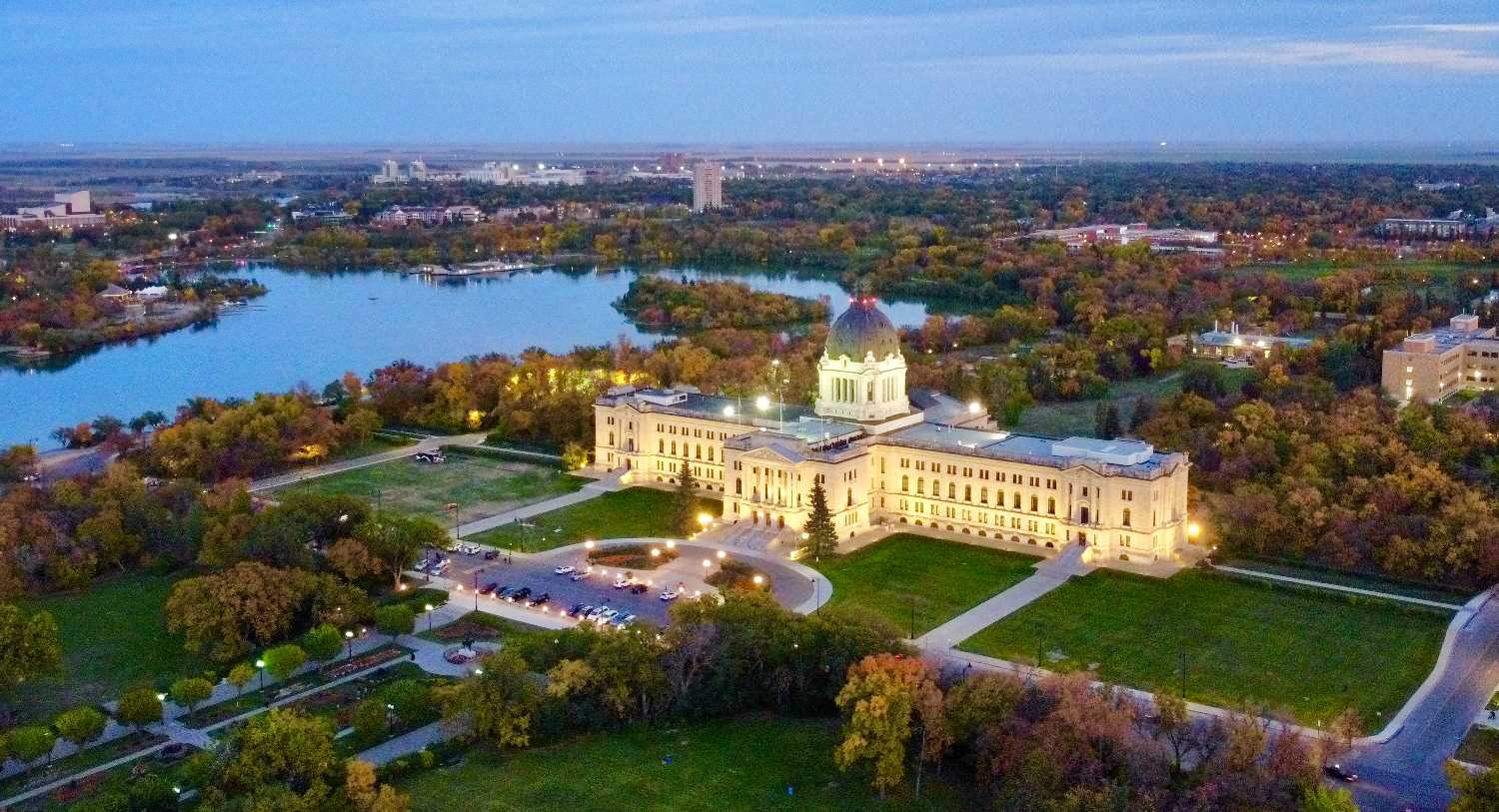Saskatchewan to lead Canada in economic growth
Saskatchewan set to grow faster this year than any other province, and faster than almost every country in the world
June 7, 2022, 4:03 pm
Kevin Weedmark


The Conference Board of Canada expects significant growth in Saskatchewan in 2022 with real GDP to grow 7.9 per cent.
That rate indicates Saskatchewan is growing faster than any other province, and faster than China, Germany, Japan, the US, the UK and practically every other country on earth.
GDP is the value of everything produced in a province, state, or country. Real GDP growth means an increase in the actual goods produced in an economy. In Saskatchewan’s case that figure reflects that there is more potash coming out of the ground thanks to huge investments in that sector, more wheat and canola being produced, more oil being produced, more construction as work is taking place as various major projects are under way across the province, from the potash industry to biodiesel and canola crushing plants.
Just an aside, real GDP is the growth in the economy minus any price increases. This is meant to take out the impact of inflation, but this year in Saskatchewan it also takes out the impact of higher commodity prices that mean the province is producing a lot more value from minerals to agricultural products to oil and natural gas.
And there is room for continued growth. Saskatchewan is targeting 600,000 barrels a day of oil production, up about 25 per cent from current levels, and much more potash production will be coming online in the next few years.
So our real GDP growth is world-leading, and thanks to rising commodity prices, if you look at actual nominal GDP, Saskatchewan’s growth is in the stratosphere, with TD Bank indicating a 20.5 per cent increase in nominal GDP for Saskatchewan this year, so 20 per cent more economic activity in actual dollar terms this year in Saskatchewan. And Saskatchewan already has the second highest GDP per capita among Canadian provinces, second only to Alberta.
By the way, governments love increases in GDP. 20 per cent more dollars changing hands generally means 20 per cent more taxation income.
But leaving aside the nominal GDP figures, the real GDP estimate for Saskatchewan puts it in a league of its own.
That huge GDP growth in Saskatchewan is not just the highest rate in Canada, but it’s higher than just about every country in the world.
While Saskatchewan’s economy is on track to grow by 7.9 per cent this year, China’s is expected to grow by just 4.4 per cent. Australia’s is expected to grow at 4.2 per cent. Singapore’s is expected to grow at 4 per cent, the same as the average for all of Canada. The US and the UK economies are expected to grow at 3.7 per cent, France’s at 2.9 per cent, South Korea’s at 2.5, Japan’s at 2.4, Germany’s at 2.1 per cent, Mexico’s at 2.0 and South Africa’s at 1.9 per cent. The Russian invasion of Ukraine will devastate both those countries’ economies, with Russian GDP on track to shrink by 8.5 per cent this year and Ukrainian GDP to shrink by 35 per cent. Russia already has a smaller economy than Canada. Canada is the eighth largest economy in the world, Russia the 11th largest. The total economic output of Russia is more than 20 per cent less than Canada, despite having four times as many people.
It’s hard to believe, but our little corner of the world, with our potash, oil, wheat, canola, and equipment manufacturing, is leading the world in economic growth right now, and has potential for a lot more growth.
Saskatchewan, Alberta, Manitoba leading economic growth in Canada, thanks to resources
Alberta and Manitoba are the other two provinces leading growth in Canada, thanks in large part to resources.
The Conference Board forecasts Alberta’s GDP to grow 6.6 per cent in 2021 and 4.7 per cent in 2023. The oil and gas sector is anticipated to play a major role in the province’s growth, and Alberta is also set to see major investment in petrochemical manufacturing.
The Conference Board expects growth in Manitoba of 5.4 per cent in 2022, the third highest growth rate in Canada, followed by 2.9 per cent in 2023.
And it’s the same basics at play as Saskatchewan and Alberta—resources and agriculture. Manitoba’s GDP will get a boost from the new pea processing plant in Portage la Prairie (a $600-million investment) and from Maple Leaf Food’s newly expanded meat processing plant.
Western Canada and resources are leading the way in economic growth, just as they have led growth in Canadian exports and have returned the country to the point where it is exporting more than it is importing.
And the potential for the future, in terms of energy, agriculture, and mining—not only potash but rare earth minerals as well—is unlimited.



































